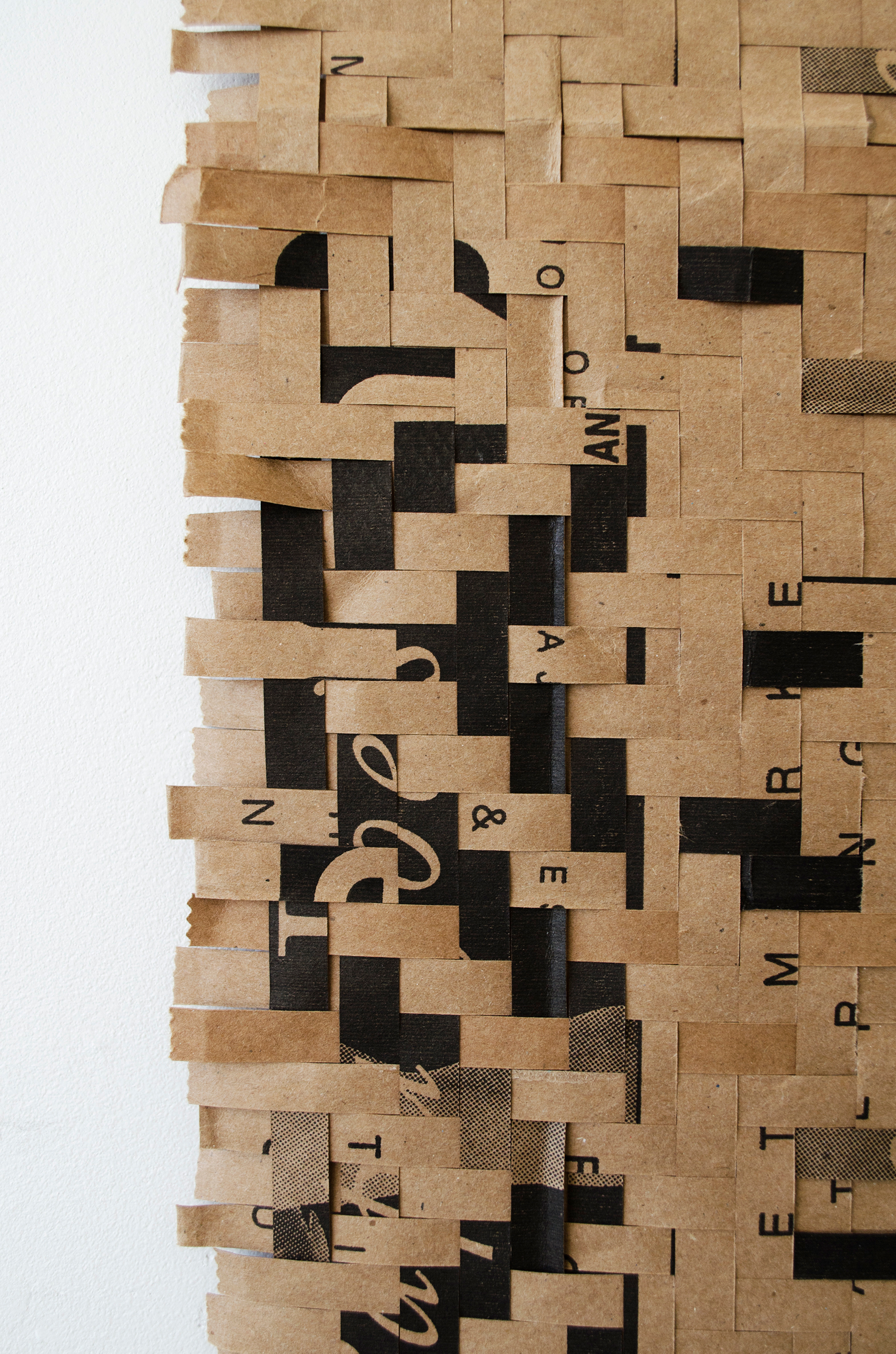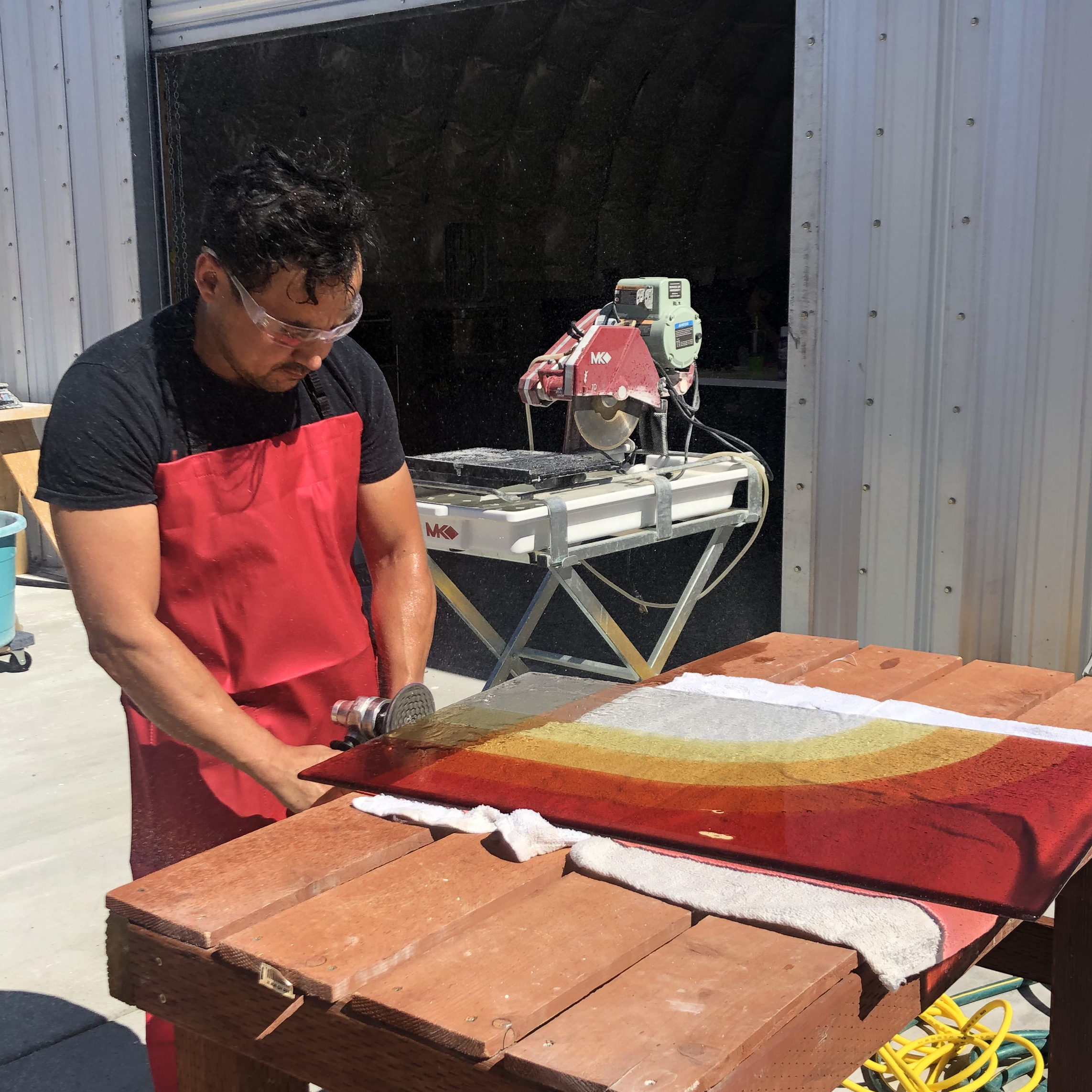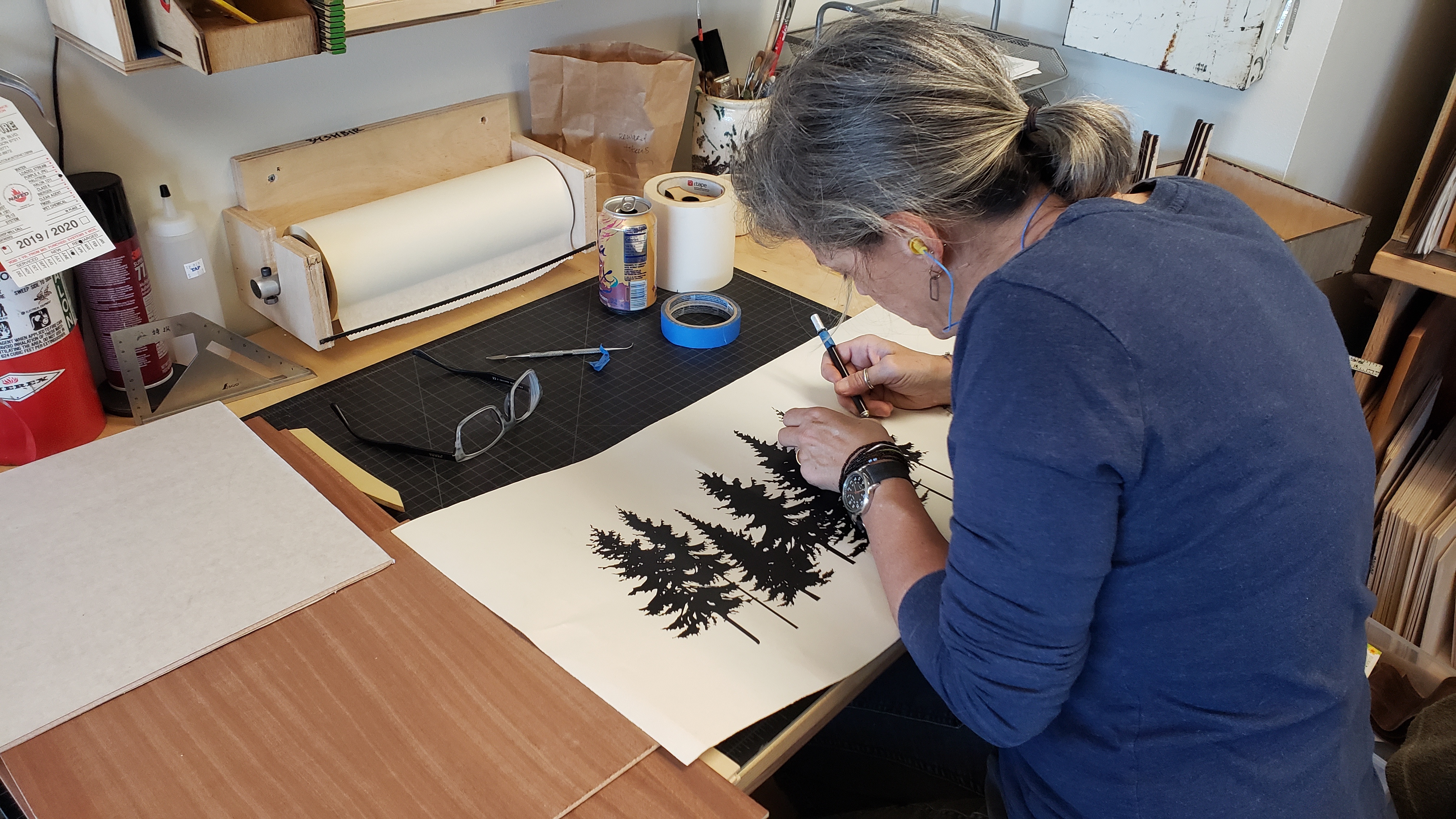This past spring, the Oregon College of Art and Craft (OCAC)—where I studied metalsmithing, woodworking, and textiles—closed. The buildings and grounds were sold, studios were emptied of equipment and tools, and students and faculty left for other schools and ventures. I was invited to give OCAC’s final commencement address, to provide a hopeful message on a sad day. So I focused on what I believe to be true: Craft knowledge, craft skills, craft endeavors aren’t going away, but they are harder to see—and we’ll have to look in different places.

Photo by Trisha Holt
The tricky thing is, to recognize craft, one needs the skills of a craftsperson: to slow down, pay attention, and focus on the human scale. This is the terrain of craft. We’ve seen craft reach grand scales—think of Betty Woodman’s pots turned architectural frieze, standing taller than most of us, or Sheila Hicks’ bright and tightly wound textiles hanging from floor to ceiling—but what is essential is the intense one-to-one relationship between the maker and the material, transmitting knowledge and skill through tools and time. With the speed and scope of worldwide information, international networks, and global ambition, we’re often overlooking the scale where craft is happening, even as it’s all around us.
In rural North Carolina last winter, I stood inside a 1961 Catalina travel trailer and listened to a heavy winter rain. It was a modest but perfectly restored trailer, repaired by a man who had several others in progress. With enthusiasm and pride, he told me about replacing the paneling, using old material to trace a pattern for new panels. The rain gave occasion to see how well he had resealed the louvered windows, tightened crimps in the siding, and carefully fitted each repaired part. The camper was sturdy and sound, and like any other craft object, it came with the stories of its history, a narrative of both its making and its use. Most likely, this man wouldn’t consider his trailer restorations a craft—maybe just a hobby—but it certainly took care and skill, research and history. It was all done by hand, without pretense or fanfare. A person cared about something and set to work.

Photo by Sarah Turner
This is a modest example—one person, pursuing an avocation for curiosity and pleasure. This past spring, we had a world-stage example: the burning of Notre Dame Cathedral in Paris. Faced with extensive damage to its roof and spire, the French government has turned to its Compagnons du Devoir, an organization of crafts- and tradespeople trained in a wide variety of traditional building and preservation methods. Many have been working for years, gathering master-trade experience from across the country, training for projects that need their skills.
Few knew about the existence of these Compagnons before the fire. This is because craft holds a social position that we overlook. As we focus on celebrity, innovation, and the center stage, it’s easy to forget the essential supporting roles. The North Bennet Street School, where I work, focuses on this important position of craft: being of use and service, often backstage. We make and repair violins, tune and rebuild pianos, but we’re not the musicians onstage or in the orchestra. Instead, we’re making someone else’s sound and performance possible. Our bookbinders present and preserve the words of authors and poets, giving body to the ideas of others. We’re the carpenters, not the architects; the jewelers, not the fashion designers. There is a humility to traditional craft—it works quietly and behind the scenes, building the foundations and possibilities.






